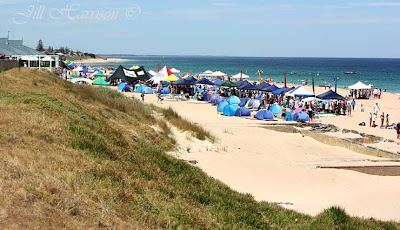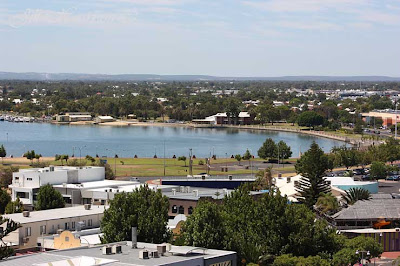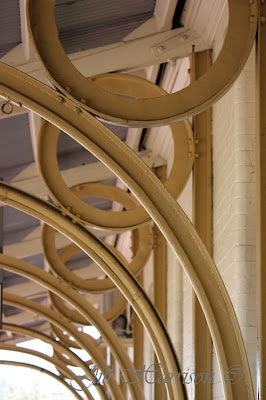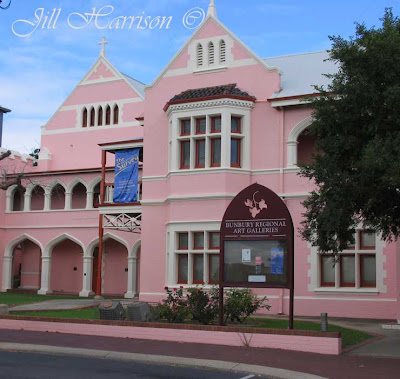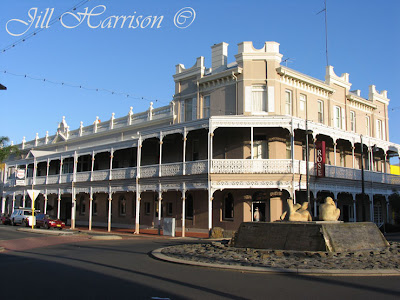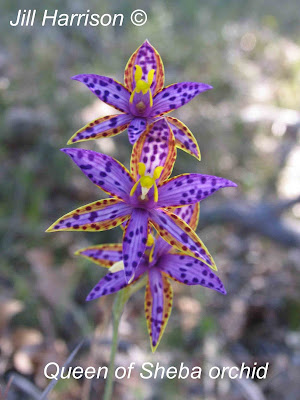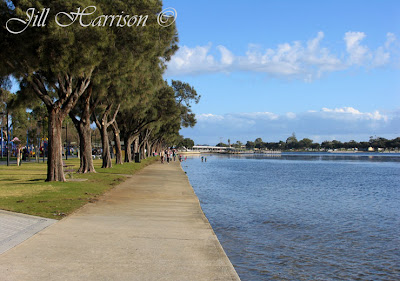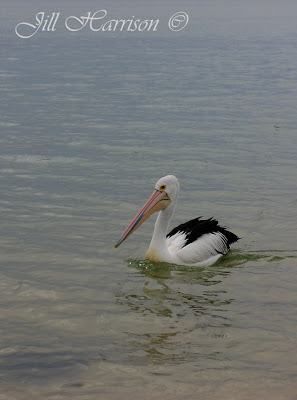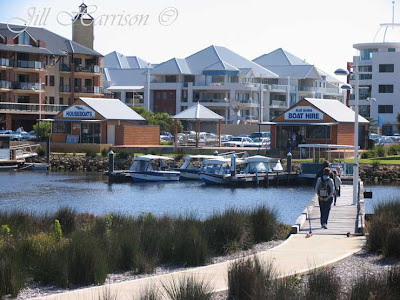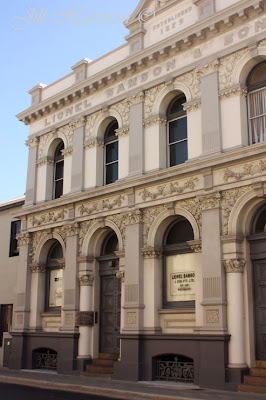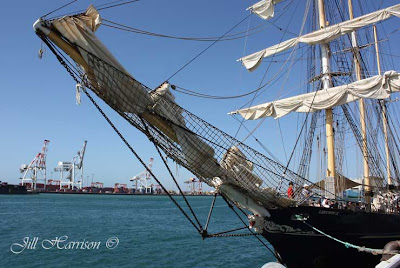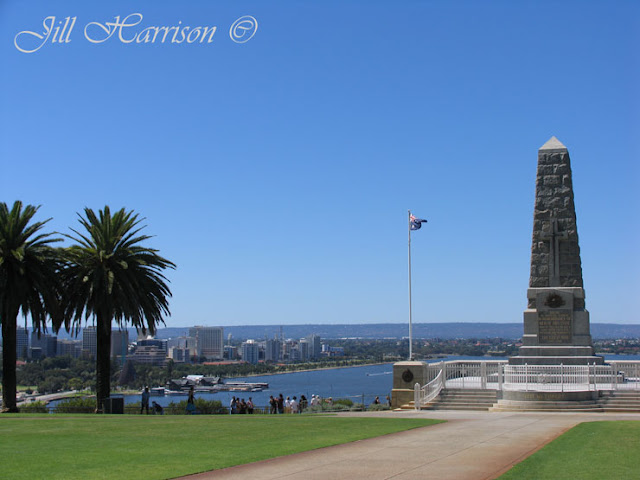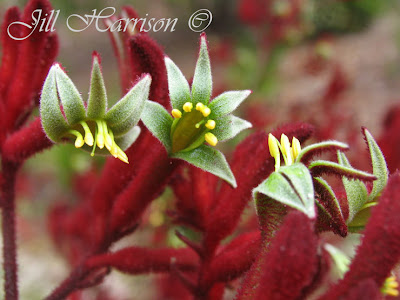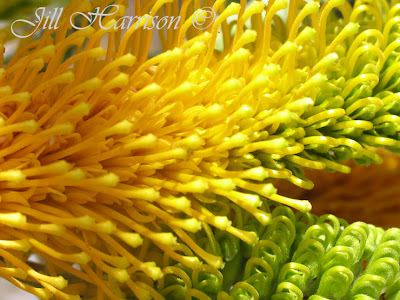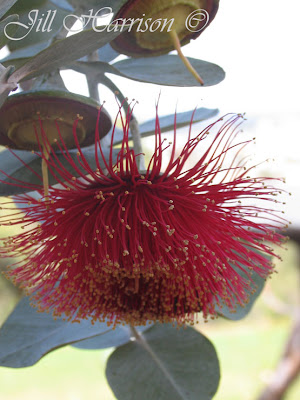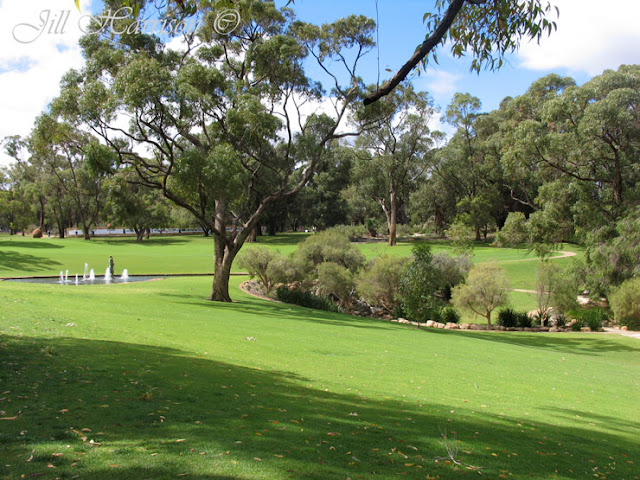I know you have been enjoying the coast, but this week for something different, we are going to move away from the coast, inland from Bunbury and up the Collie hill to Harris River Dam, where we are going to do an overnight hike on the Bibbulmun Track.
The Bibbulmun Track is Western Australia’s longest walking track, stretching from Kalamunda in the Darling Ranges near Perth, to Albany on the south coast, traversing some of the South West’s most beautiful forests and wilderness, over varying terrain through shady valleys to mountains with 360 degree views and spectacular coastal scenery. It has become a Western Australian icon since it was opened in 1979 after Geoff Schafer presented the idea for the Track to the WA Minister for Forests in 1972. Further upgrades and extensions followed in 1988 and 1993-98.
Even though the Track is almost entirely through wilderness areas, it can be walked in relative safety. It is easy to follow the directional markers which are placed approximately 200 metres apart on trees or posts. The triangular reflective yellow markers feature a black stylised “Waugal” (rainbow serpent).
The Track is maintained to a high standard by track volunteers, and passes through nine towns. Vehicle assess points, make it suitable for a short stroll, day walk, or overnight hike, so more people can experience our natural environment, not just those wanting an adventurous trek. Three sided timber overnight huts are conveniently placed about 15 to 20 kilometres apart, a comfortable day’s walk.
First timers on the track should try day walks with a day pack first, then an overnight hike, before attempting longer walks. Some people walk the Track "End to End" and wear the title "End to Ender" very proudly. I walked a couple of days with one such person a couple of years ago.
For this tour, we will just be walking overnight. So get ready, get your hiking boots on, pack your back pack, make sure you have water, a hat and your hiking poles, and lets go! As the weeks go by I will bring you some more photos from other parts of the Track.
Friends are going to drop us off at Harris River Dam, we are going to hike about 4km to the hut, stay overnight and then hike about 16km the next day to the Coalfields Highway, where we will be picked up and taken back to Bunbury.
Here is our accommodation for the night - The Harris Dam hut - hope you have your sleeping mat, sleeping bag and warm clothes - it is going to be cold tonight!
 |
| From Life Images by Jill |
 |
| From Life Images by Jill |
Here we are ready to set off - this is me and my husband Rod. I have posted this photo so you can see the inside of the hut. There are double layer sleeping platforms on each side and table in the middle. There is a water tank, but it is recommended you bring your own water, and a long drop bush toilet.
 |
| From Life Images by Jill |
On the track - and the wildflowers are blooming - this is wattle we are walking through - that's Rod in front - he often ends up in my photos as the token person!
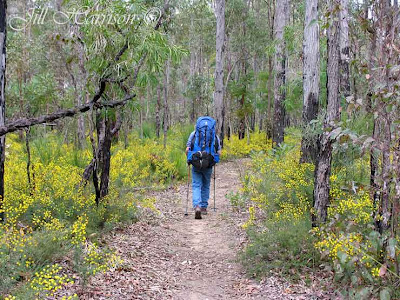 |
| From Life Images by Jill |
On Tuesday/Wednesday I am going to bring you some more wilderness pics from Wellington Dam near Collie, and then through the Ferguson Valley, our newest wine region, as we return home to Bunbury.
Thanks for joining me on the Bibbulmun Track everyone. Here are a few wildflower photos from our walk on the Track. Spring (when these photos were taken) is a wonderful time to be out in the bush, and the Bibblumun Track is a great way explore some of it - so wonderful to just be walking and looking and thinking of nothing else.
The guy who I know who walked the whole length said it was wonderful watching the plants, trees, undergrowth change as he went along.
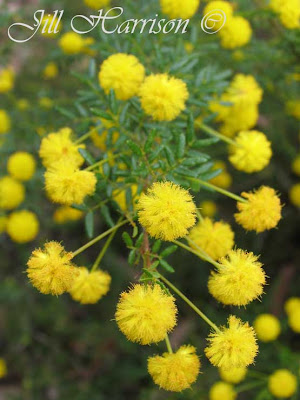 |
| From Life Images by Jill |
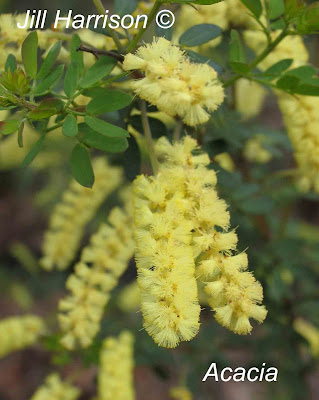 |
| From Life Images by Jill |
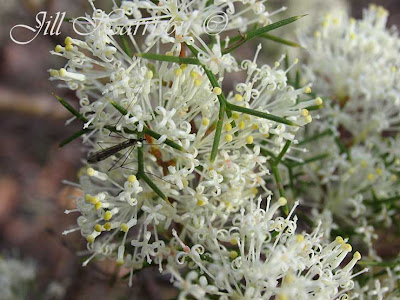 |
| From Life Images by Jill |
 |
| From Life Images by Jill |
Here are another couple of photos for you before we head off to Wellington Dam, and Ferguson Valley.
This is late afternoon with the sun coming through the jarrah trees (the skinny tall ones - don't look much but they have beautiful rich dark red timber). Those are Grass Trees in the foreground (the spiky ones you can see with the sun on them - they have a very long tall flower spike).
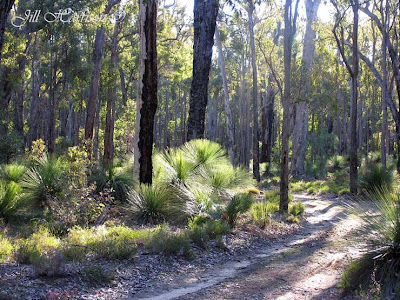 |
| From Life Images by Jill |
Another photo from along the track where it meanders over a little bridge....
 | ||||
| From Life Images by Jill |
On our way back from the Bibbulmun Track we are going to stop by at Wellington Dam - to see it overflowing, and then travel back through the Ferguson Valley - our newest wine region, only half an hour from Bunbury. We'll stop off at some wineries for some wine tasting - you might like to buy some bottles to take home, or to enjoy tonight when you put your feet up after trecking on the Bibbulmun Track. Cheers!
Here we are at Wellington Dam - it's overflowing (which is a good thing because it means its full!) and lots of people go up to see it. I love the patterns the water makes on the wall.
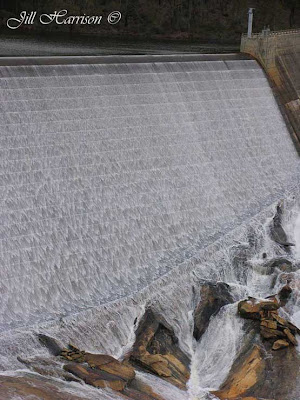 |
| From Life Images by Jill |
I thought we might stop off along the Collie River for a stroll..... there are walk trails and camping spots.
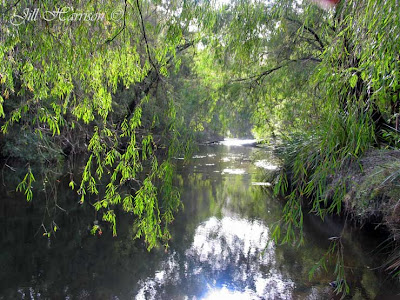 |
| From Life Images by Jill |
And now we are driving through the Ferguson Valley - our newest wine region and also a haven for artisans - the rolling hills are beautiful, and from the higher areas you can see the sea - as you can see the vines are green and growing the grapes for this season's pick.
 |
| From Life Images by Jill |
 |
| From Life Images by Jill |
See you down the track!



